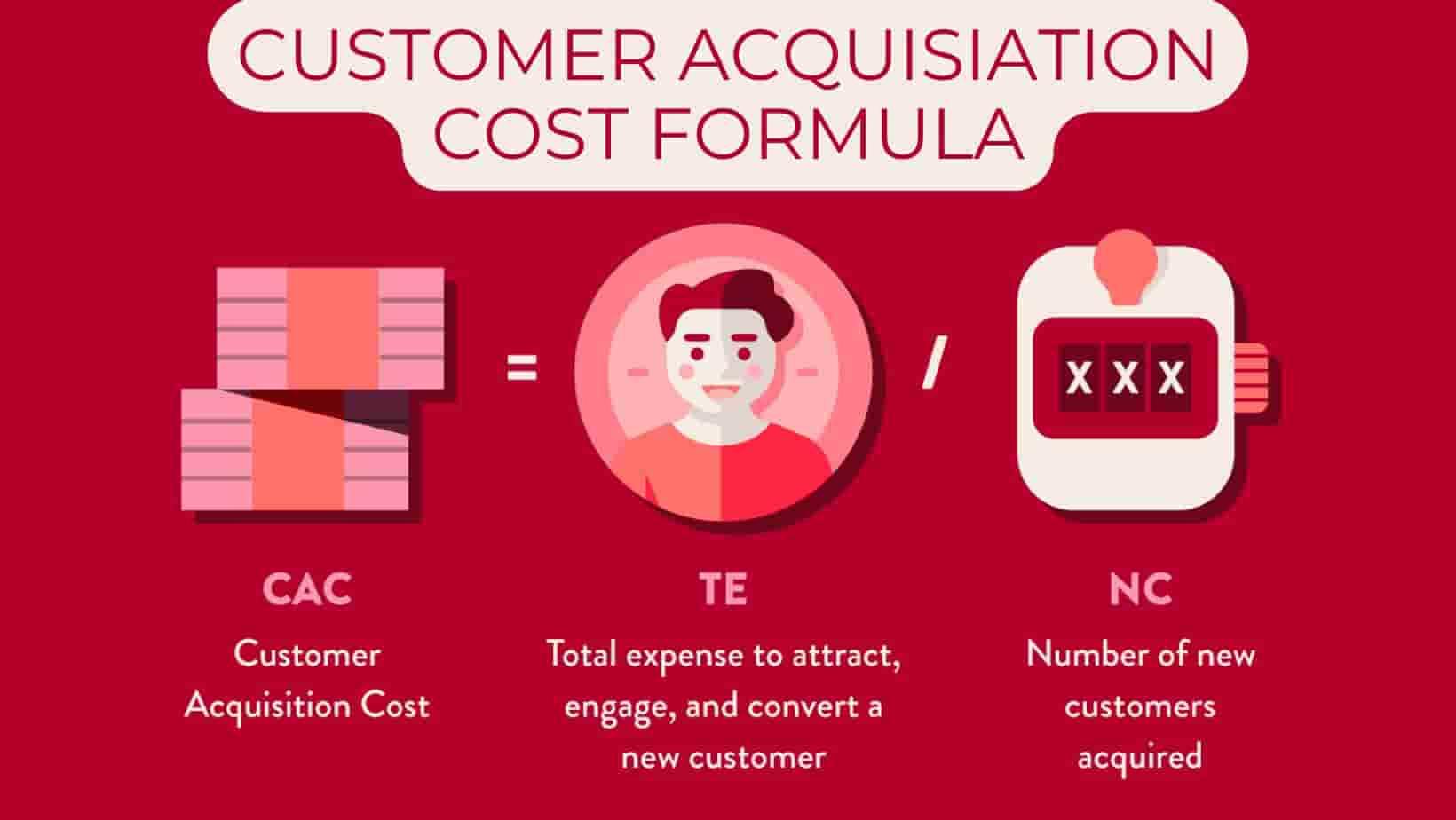Checklist for Effective Keyword Planning for SEO

-
Define Your Goals
- Clarify the objective of your SEO strategy (e.g., increase traffic, generate leads, brand awareness).
- Identify the target audience and their search intent.
- Determine the type of content you will create (e.g., blog posts, product pages, FAQs).
-
Keyword Research
- Use keyword research tools (e.g., Google Keyword Planner, Ahrefs, SEMrush, Ubersuggest) to find potential keywords.
- Identify short-tail and long-tail keywords relevant to your niche.
- Research competitors' keywords to understand their strategy.
- Analyze search volume, keyword difficulty, and trends for each keyword.
-
Categorize Keywords
- Group keywords into categories based on themes (e.g., informational, navigational, transactional).
- Identify keywords with high intent (purchase, sign-up, etc.) and low competition for quick wins.
- Consider seasonal or trending keywords that may bring short-term traffic spikes.
-
Assess Keyword Relevance
- Ensure keywords align with your brand, services, and content goals.
- Analyze the intent behind each keyword (informational, transactional, etc.).
- Consider user experience (UX) when selecting keywords—ensure they match the content’s purpose.
-
Competitor Analysis
- Identify which keywords your competitors are ranking for.
- Analyze the top-ranking pages for your target keywords.
- Look for keyword gaps and opportunities to outrank competitors.
-
Long-Tail Keywords
- Focus on long-tail keywords that are specific and less competitive.
- Ensure long-tail keywords have sufficient search volume for your target audience.
- Use these keywords to create more targeted and valuable content.
-
Search Intent Mapping
- Understand the search intent behind each keyword (e.g., informational, transactional, or navigational).
- Map keywords to the most appropriate type of content (e.g., blog posts for informational, product pages for transactional).
-
Content Optimization Strategy
- Ensure the selected keywords are naturally integrated into your content (titles, headers, body text).
- Use keywords in meta descriptions, URLs, and image alt text.
- Aim for keyword placement that enhances readability and user engagement.
-
Monitor Performance
- Track keyword rankings regularly using SEO tools (e.g., Google Analytics, Google Search Console).
- Measure organic traffic, bounce rate, and conversions for targeted keywords.
- Adjust your strategy based on performance data (optimize or refine keyword targeting as needed).
-
Update and Refine Keywords
- Continuously update your keyword list based on emerging trends and audience behavior.
- Perform periodic audits to find underperforming keywords and opportunities for new keywords.
- Evaluate competitor strategies and adjust your keyword planning accordingly.
Also Read :
Master On-Page SEO 1: Essential Guide for Fast Ranking on Google & Bing
Master On-Page SEO 2: Essential Guide for Fast Ranking on Google & Bing
Master Advanced SEO: Techniques, Strategies & Best Practices






